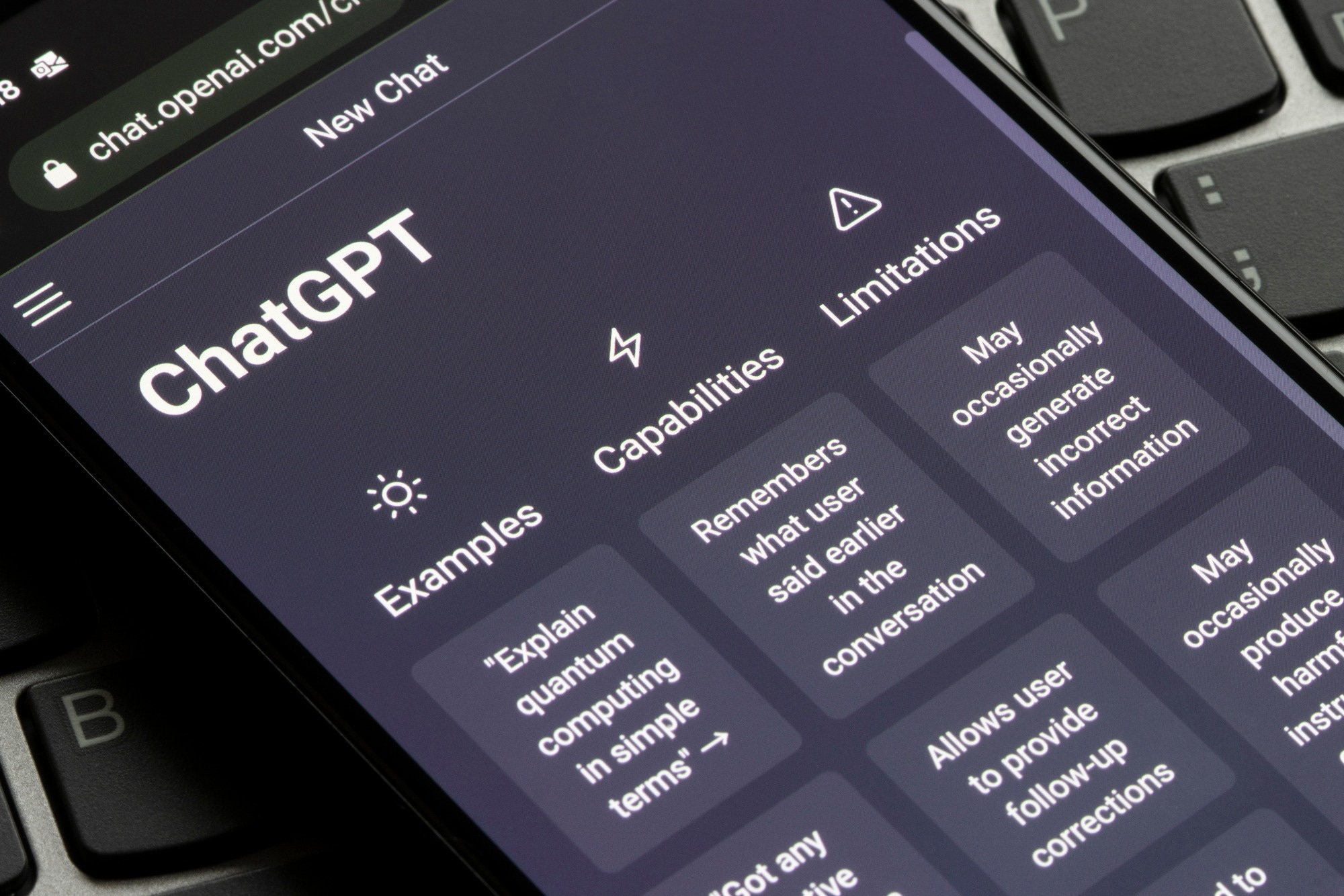In a recent study published in the Nutrition Journal, researchers used hypothetical cases of individuals with food allergies to investigate the accuracy and safety of ‘robo-diets’ or diets constructed using the deep learning models implemented in ChatGPT.
 Study: The credibility of dietary advice formulated by ChatGPT: robo-diets for people with food allergies. Image Credit: TadaImages/Shutterstock.com
Study: The credibility of dietary advice formulated by ChatGPT: robo-diets for people with food allergies. Image Credit: TadaImages/Shutterstock.com
Background
ChatGPT is a conversational version of the artificial intelligence (AI) model GPT-3, released in November 2022 by OpenAI, and has gained substantial attention since its release. Statistics indicate that ChatGPT has over 100 million users a month.
However, despite extensive fine-tuning, one of the problems that continue to occur with large language models is the production of non-factual content. Furthermore, the confidence with which ChatGPT delivers the responses, factual or non-factual, can have detrimental effects.
One area where ChatGPT has been commonly used is in constructing diets. Tailored diets, by themselves or in combination with medications, have been used to treat various diseases.
Furthermore, in cases of food allergies, specifically designed diets are essential as the inclusion of even a single forbidden food type can cause anaphylactic shock, and the prevalence of food allergies has been increasing in the past decades among both adults and children.
About the study
In the present study, the researchers used 14 food allergens comprising cereals with gluten such as oats, wheat, barley, and rye; crustaceans such as crabs, prawns, and lobsters; fish; eggs; mollusks; peanuts; milk and dairy products; tree nuts; sesame; mustard; lupin; celery; and sulfur-containing compounds to construct diets using ChatGPT prompts.
The hypothetical individual with food allergies was a woman aged 30 years since food allergies are more prevalent in women than men, and women are generally more interested in novel diets.
Four restriction levels were used as prompts for ChatGPT to construct a diet, and these included A) diet for one food allergy with quantity restrictions, B) diet for two food allergies with quantity restrictions, C) diet for one food allergy with a standard energy value, and D) diet for one food allergy with low energy value.
Combined with the list of 14 food types that cause allergies, the four restrictions resulted in 56 prompts for ChatGPT.
For each scenario, the researchers used a new chat to make the prompts and observations independent. A dietician with valid qualifications in human nutrition then evaluated the resulting diets constructed by ChatGPT.
Results
The results indicated that while most of the diets designed by ChatGPT were accurate, the process could construct diets that would harm an individual with food restrictions. The errors mostly consisted of inaccurate calories in diets, meals, specific foods, or portion sizes.
The safety assessment reported that safety was the weakest feature of a ChatGPT-constructed elimination diet. While the ChatGPT-designed diets had successfully eliminated the specified allergens, a nut-free diet included almond milk, which could have led to severe consequences as nut allergy is one of the most severe forms of food allergies.
Furthermore, for the diets with specified calorific restrictions, the researchers aimed to verify if the diet designed by chat GPT could formulate a diet with specific nutrient recommendations.
The robo-diets contained only a general suggestion that a health professional must be consulted for supervision but did not consist of any warnings about calorific restrictions. Additionally, an atypical dietary supplement was included in a diet that was not strictly restrictive.
However, the ChatGPT-designed diets followed some dietary guidelines, such as increasing the consumption of fruits and vegetables in each meal and preferring poultry and fish instead of red meat.
The robo-diets also included cautionary notes, such as reading food labels carefully and the presence of sesame or other nut ingredients in common food, ensuring safe food choices.
ChatGPT failed to construct a diet for two prompts for a soy-free menu, and in other cases, the energy values of specific meals or the whole menu were miscalculated.
Furthermore, for the restrictions related to specific energy requirements, the calorific values of various meals were not adjusted in the robo-diets.
Additionally, the menus were also inefficient in suggesting portion sizes, with impractical or highly specific quantities, no inclusion of recipes or additional information on spices or condiments, and general food suggestions such as fish or berries with no specific recommendations.
Conclusions
Overall, the findings suggested that while ChatGPT generally constructed diets that were accurate in the food exclusions and energy requirements, these robo-diets could potentially include errors such as including food items that contained restricted foods or inaccuracies in the calorific content of meals that did not satisfy the energy requirements of a specific diet.
While AI tools using large language models are easily accessible and provide an affordable resource to the public, accepting the results of such tools without proper assessments could pose health risks.